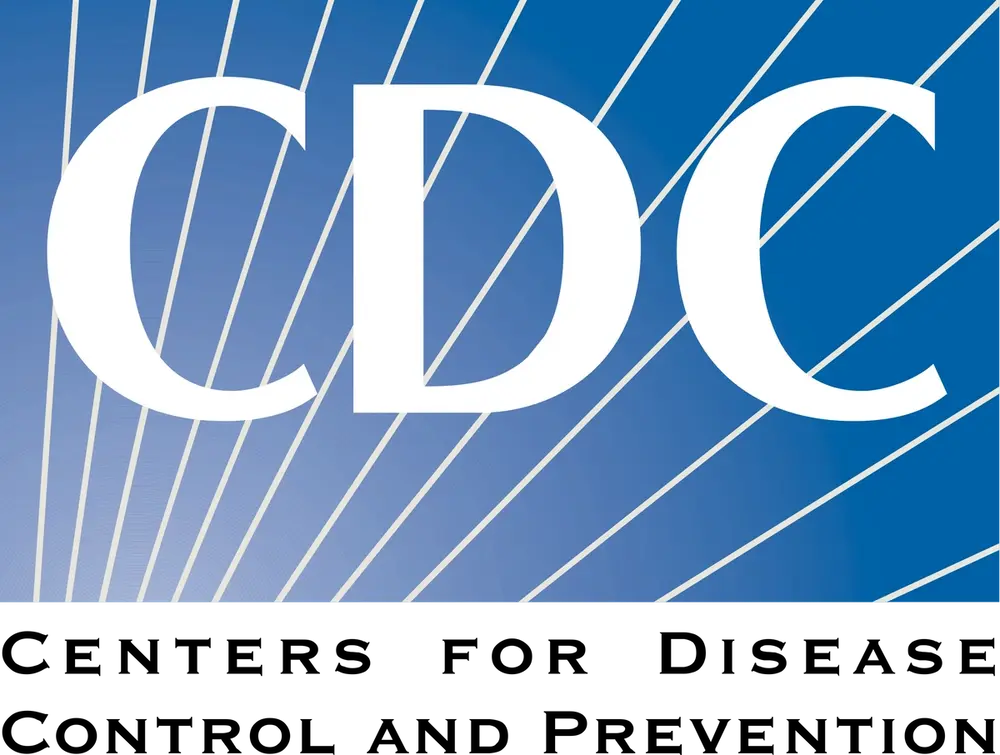V-safe + VAERS Data Affirm COVID-19 Vaccine Safety
Adding v-safe active monitoring to VAERS passive reporting produced "most comprehensive" program, and affirmed COVID-19 vaccine safety.

A new report developed by the Centers for Disease Control and Prevention (CDC), and published in The Lancet, on the first 6 months of wide-spread COVID-19 vaccine use affirms the relative safety of the products, after emergency use authorizations (EUA) based on population trial data were granted to meet an unrelenting pandemic.
"Safety data from more than 298 million doses of mRNA COVID-19 vaccine administered in the first 6 months of the US vaccination program show that most reported adverse events were mild and short in duration," lead author Hannah Rosenblum, MD, and colleagues at the CDC, wrote.
The data were drawn from both the v-safe program of active monitoring, and the Vaccine Adverse Event Reporting System (VAERS). The v-safe was developed to complement the long established VAERS passive receipt of spontaneous reports, for more timely and comprehensive monitoring of COVID-19 vaccine safety.
The voluntary v-safe utilizes smartphone texts and web-based surveys to monitor for common local injection-site and systemic reactions. Participants receive texted links to check into the health survey daily for 1 week after injection, then at longer intervals.
Analysis of data from both sources enabled the CDC and FDA to base post-EUA assessments of vaccine safety and effectiveness on the experiences of a large and broad population; and for particular populations, including pregnant women, children and adolescents.
In commentary accompanying the report, Matthew Krantz, MD, Division of Allergy, Pulmonary and Critical Care Medicine, Department of Medicine, and Elizabeth Phillips, MD, Department of Pharmacology, both at Vanderbilt University School of Medicine, Nashville, TN, noted the value of employing both the v-safe and VAERS systems, despite their respective limitations.
"The safety monitoring of the mRNA COVID-19 vaccines stands out as the most comprehensive of any vaccine in US history," they remarked.
In the current report of experiences with over 298 million doses in the first 6 months of vaccine rollout, from December 14, 2020 to June 14, 2021, 340,552 VAERS reports were received (164,669 following the Pfizer BioNTEch BNT162b2 and 175,816 following the Moderna mRNA-1273). In that period, 7,914,583 mRNA vaccine recipients enrolled in v-safe after 1 or 2 doses, and completed at least 1 health survey during the week following vaccination.
Among the findings were that reactogenicity was reported most frequently the day after vaccination, and that most reactions were mild: commonly, injection-site pain, fatigue, and headache. Reports of being unable to work or do normal activities, or seeking medical care were more likely after the second dose; with medical care sought in less than 1% of participants. Serious side effects were registered in 6.6% of the VAERS reports, with shortness of breath the most common.
In a released statement, study co-author Tom Shimabukuro, MD, remarked, "These data are reassuring that reactions to both mRNA vaccines are generally mild and subside after one or two days—confirming reports from clinical trials and post-authorization monitoring."
Krantz and Phillips also found the data reassuring, and suggested that the general population should as well.
"The health effects following mRNA COVID-19 immunization measured by v-safe are informative to allow planning of the timing of vaccination for those hesitant because of the threat of inability to work and lost income," Krantz and Phillips opined. "Furthermore, the predictable, non-serious, and transient nature of the adverse events provides an objective basis for employees to be given provision for paid time off work to increase vaccine confidence and uptake by individuals."

















